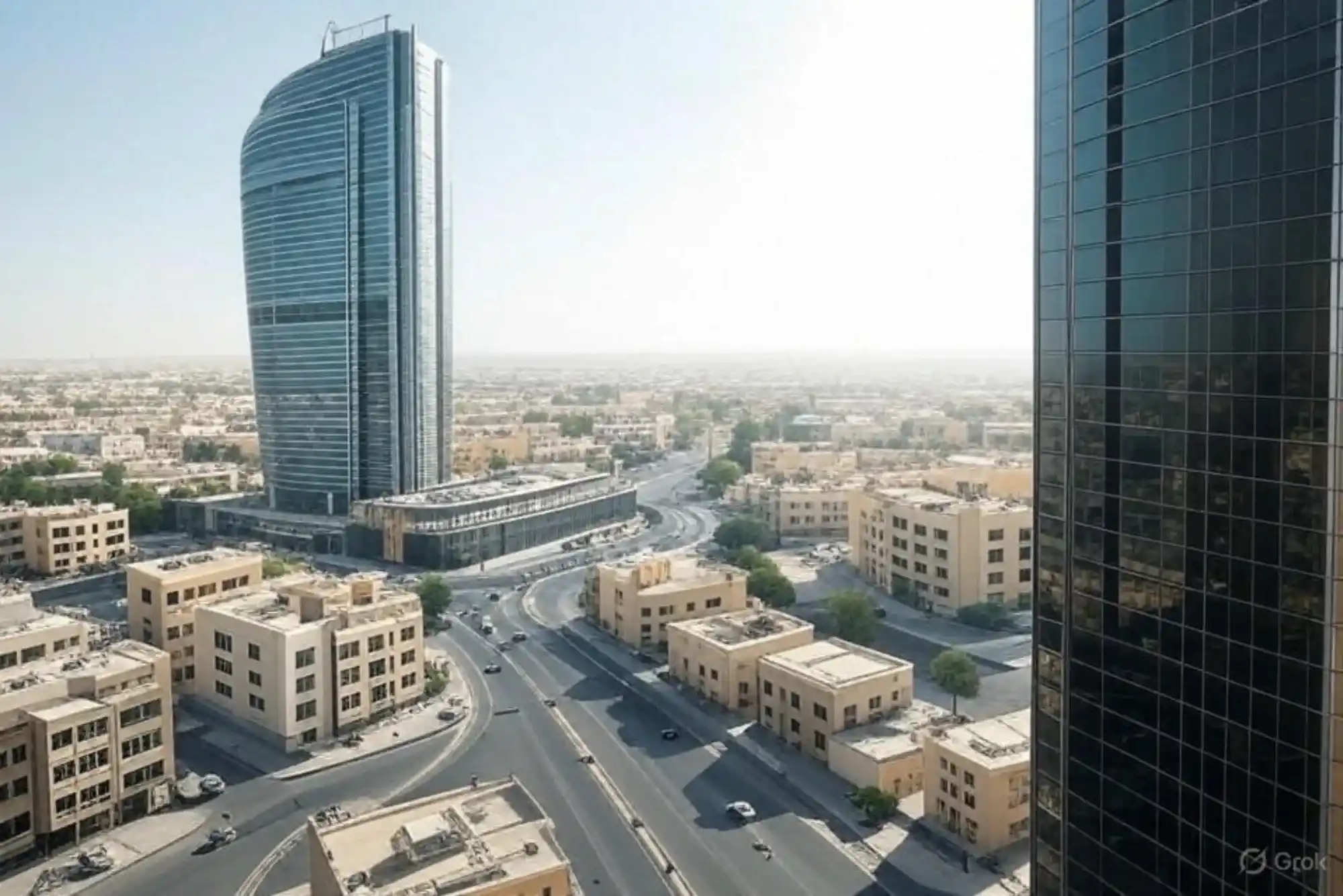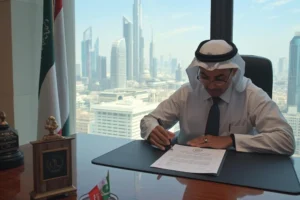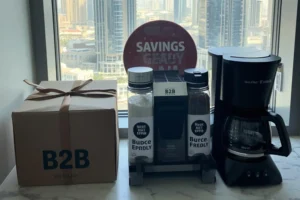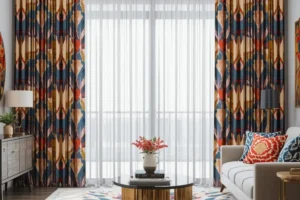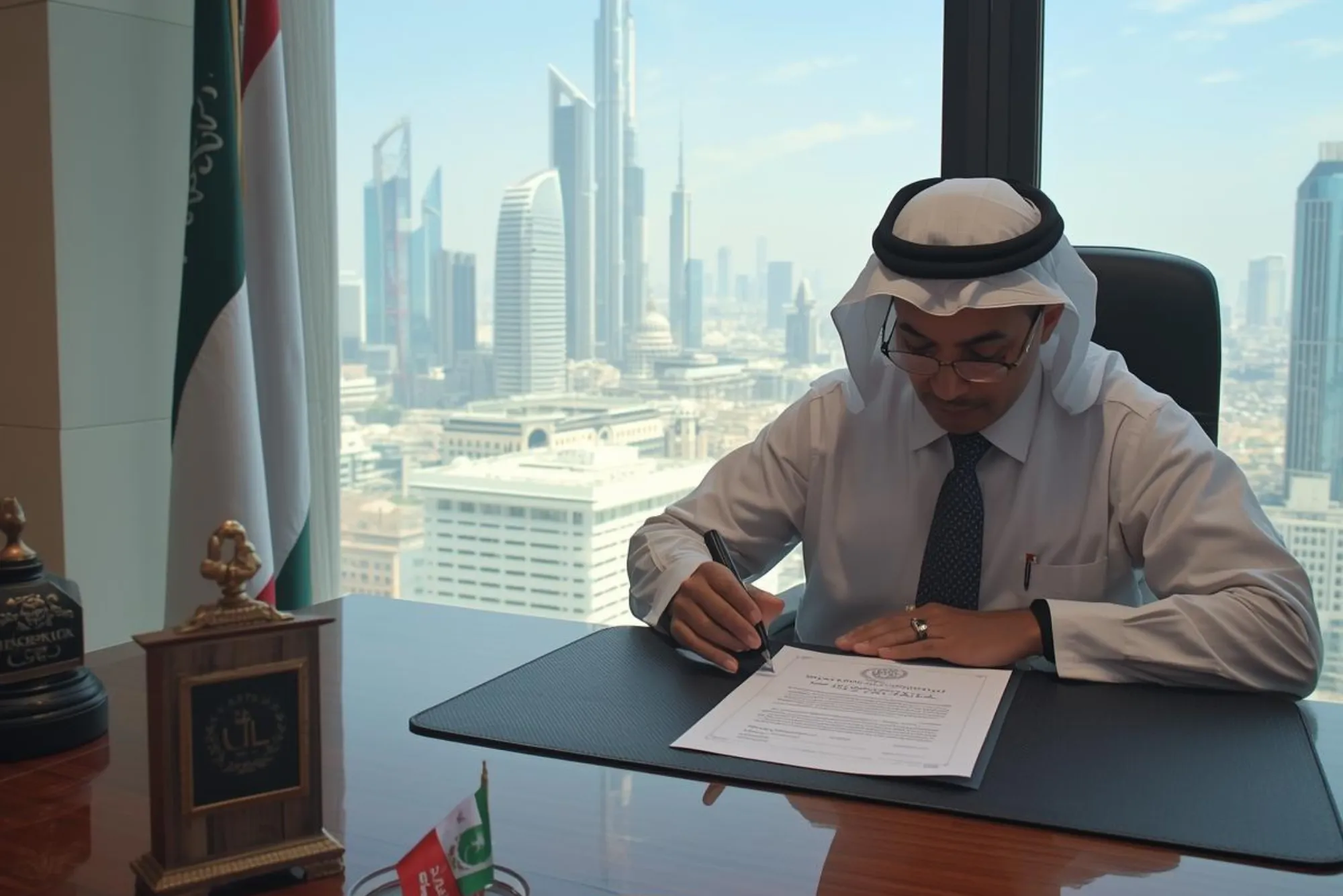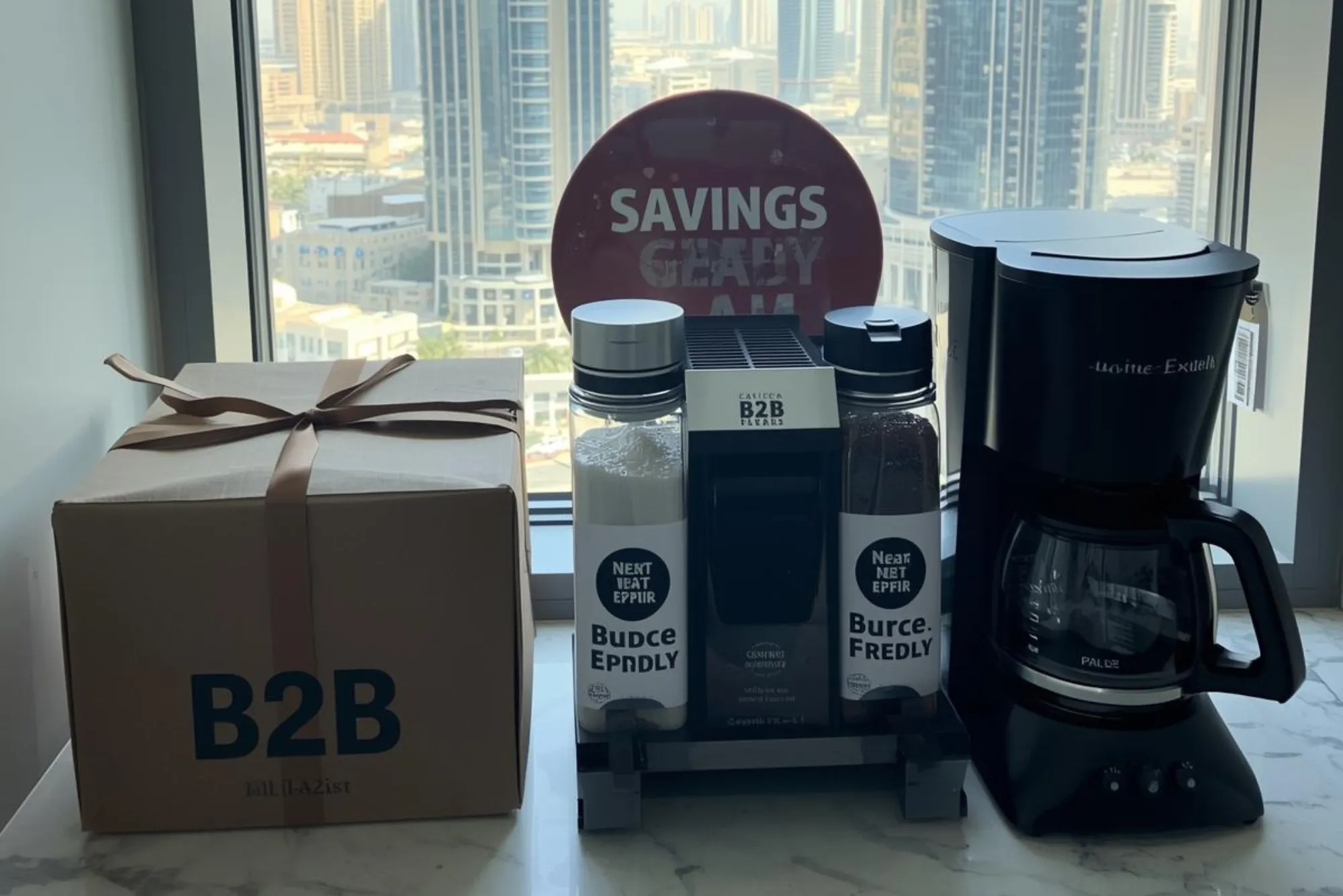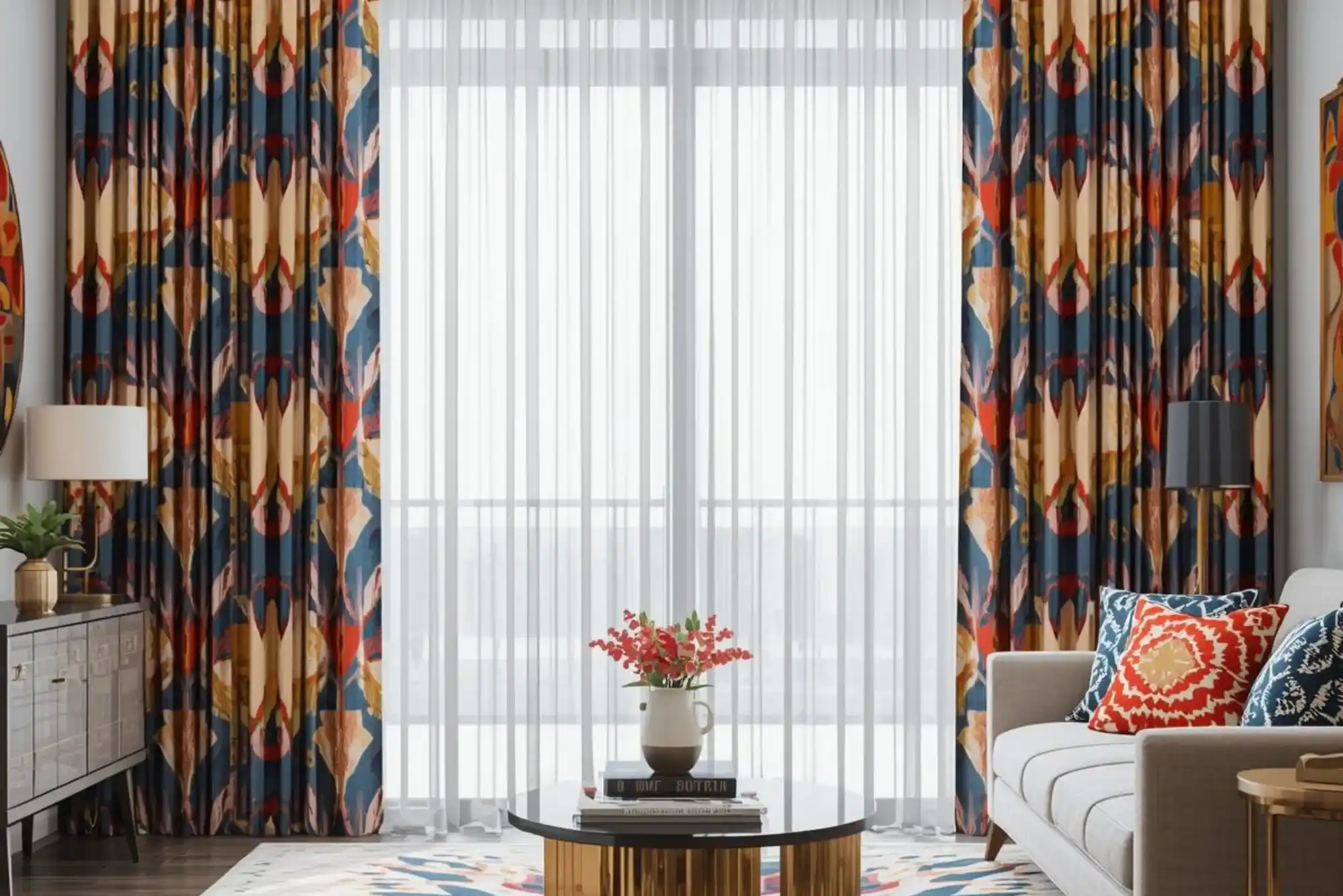Early Vision and Announcement
When I first heard whispers of a Trump Tower in Dubai, it struck me as an audacious idea. In the early 2000s, Dubai was already famous for grand architectural experiments—the Burj Al Arab and Palm Jumeirah had captured the world’s imagination. Yet, in 2005, The Trump Organization announced plans for a mixed-use skyscraper that would bear the Trump name, aiming to blend luxury residences, upscale offices, and high-end retail under one roof. As an architecture enthusiast living in the region at the time, I recall the buzz at hotel lobbies and coffee shops alike: Could this iconic American brand adapt to Dubai’s tectonic cultural and economic landscape?
Planning and Construction Phase
Securing the prime waterfront plot on Sheikh Zayed Road required navigating complex negotiations between The Trump Organization and Nakheel Properties, the Dubai developer behind many landmark projects. The design called for a distinctive glass façade punctuated by gold accents, reflecting both Trump’s signature aesthetic and Dubai’s penchant for opulence. Construction began in 2007 with hopes of a swift three-year build. However, the global financial crisis of 2008 disrupted funding and tightened Dubai’s real estate market. Throughout these setbacks, The Trump Organization maintained its branding role, while local partners handled day-to-day construction management.
Architectural Highlights and Innovations
Trump Tower Dubai stands at 57 storeys, reaching approximately 200 meters. Its stepped silhouette distinguishes it from the uniform glass monoliths lining Sheikh Zayed Road. The twin spires atop the tower serve as navigational beacons by night, illuminated by programmable LED arrays. Inside, the lobby features marble floors imported from Carrara, soaring ceilings, and Swarovski chandeliers. One of the building’s most talked-about features is the Sky Terrace on the 42nd floor—a partially open deck offering panoramic views of the Marina skyline. During my visits, I often paused there to watch the sun dip below neighboring skyscrapers, a surreal reminder of Dubai’s ever-shifting horizon.
Residential and Commercial Spaces
From my conversations with early occupants, the residences in Trump Tower Dubai appealed to affluent professionals seeking both address prestige and full-service amenities. Units ranged from 750-square-foot studios to sprawling penthouses exceeding 5,000 square feet. Each residence included smart-home systems, floor-to-ceiling windows, and private balconies. The Tower’s commercial podium housed flagship retail stores, concierge-level office suites, and gourmet restaurants run by celebrity chefs. I once attended a networking event in the penthouse boardroom, where panoramic vistas and tailor-made catering created an atmosphere of effortless luxury.
Impact of the 2008 Financial Crisis
While Dubai rebounded swiftly from the 2008 downturn, Trump Tower felt the tremors of reduced investment and slower property sales. At one point, developers considered converting unsold residential floors into luxury hotel suites to diversify revenue. This pivot reflected a broader trend: Dubai’s resilience lay in its willingness to adapt project plans in response to market realities. By 2012, however, both residential closings and commercial leases had stabilized, buoyed by renewed foreign interest and Dubai’s expanding tourism sector.
Cultural and Economic Significance
Trump Tower Dubai symbolizes more than glass and steel; it represents a chapter in Dubai’s globalization narrative. The tower’s collaboration between an American brand and Middle Eastern developers illustrated the emirate’s willingness to partner across borders. Although some skeptics questioned the fit of Trump’s brash brand in a conservative market, the building ultimately earned respect for its design and amenities. During the 2020 Expo, I noticed international delegates referencing Trump Tower Dubai as an example of commercial resilience—a testament to successful cross-cultural ventures.
Notable Events and Milestones
Since its opening in late 2011, Trump Tower Dubai has hosted high-profile events: charity galas, art exhibitions, and international conferences. I attended one such fundraiser where proceeds supported educational initiatives in the UAE. The Tower’s event spaces—particularly the grand ballroom with its crystal ceiling—became a go-to venue for both corporate and private functions. Its success in this arena highlights the multifunctional vision conceived over a decade earlier.
Trump Tower Dubai Today
Today, Trump Tower Dubai continues to draw interest from global real estate investors. Recent refurbishments have modernized common areas and added co-working lounges to appeal to digital nomads and small enterprises. The retail podium now features several sustainable brands, reflecting Dubai’s green building push. As someone who watches the city’s evolution closely, I see Trump Tower Dubai balancing tradition with innovation—maintaining its signature luxury while integrating contemporary demands for flexibility and eco-friendliness.
Lessons Learned and Takeaways
The history of Trump Tower Dubai offers lessons in vision, partnership, and adaptation. First, ambitious projects require strong local alliances to endure economic cycles. Second, branding alone cannot sustain a development; architectural quality and market responsiveness are essential. Finally, diversification—whether through mixed-use design or adaptive reuse—can safeguard against downturns. For developers and urban planners, these insights remain as relevant now as they were during the tower’s inception.
Visiting Trump Tower Dubai
If you plan to visit, the tower is easily accessible via Dubai Metro (Financial Centre Station) or by car along Sheikh Zayed Road. The public lobby showcases rotating art installations, and the ground-floor café serves premium Arabic coffee—an inviting starting point before exploring higher floors. While most residential levels are private, the Sky Terrace and select restaurants welcome guests, offering a firsthand glimpse of the Tower’s architectural ambition.
Final Reflections
Looking back over Trump Tower Dubai’s decade-plus journey, I’m struck by its enduring appeal. It stands as a physical testament to Dubai’s appetite for boundary-pushing projects and The Trump Organization’s capacity to lend its brand cachet abroad. Despite early challenges, the tower emerged as a fixture of the skyline—symbolizing resilience through crisis and the rewards of cross-cultural collaboration. Whether you view it as a landmark of luxury or as a case study in international development, Trump Tower Dubai’s history is a compelling story of ambition realized.

